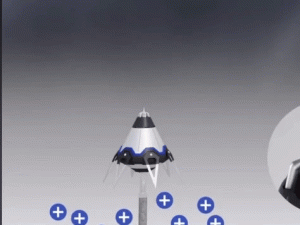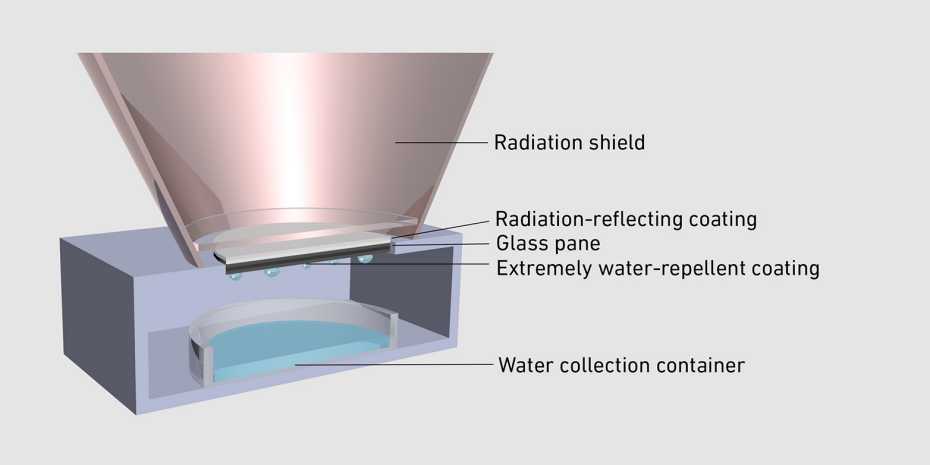I was drawn to this technique by the fact that leaves produce small bolts of lightning, thus creating the hydroxyl radical.

There are scientific reports that explain some phenomena, such as this strong ionized scent during thunderstorms in some forests. We perceive the changed static charge, which in turn generates radicals in the atmosphere and thus contributes to cleaning the air from methane.
There have been some studies on this and a corona ring is also used on high-voltage lines to reduce these radicals, such as hydroxyl, through static discharges during thunderstorms, and thus protect the material. There is extensive research on this. What is relatively new is that insect swarms also trigger thunderstorms with the same static charges in the atmosphere, so these increasingly rare insect swarms contribute to clean air, since the radical hydroxyl(OH) combines with methane(CH4) to form water vapor(H2O) and Carbon dioxide (CO2) connects.
We have now learned from current lightning research that we can prevent lightning strikes on wings by ionizing the air. It is therefore not surprising that researchers in Asia and the USA are now using this effect for significantly cheaper lightning protection for wind power plants, photovoltaic power plants and houses. My suggestion would be to leave these devices switched on even when the weather is nice to reduce urban methane.
For photovoltaic operators, the same applies again: the ESE system requires significantly fewer lightning rods, which means that the costs are lower and shadows are also minimized.
These Early Streamer Emission systems (ESE) are not constantly emitting Ion – maybe Lightning protection in general can learn to do so for less #methane and more #hydroxl still I doubt we will make it in scale and time https://t.co/IenuH73081 pic.twitter.com/YQyC95tmbq
— Thomas Reis (@peakaustria) December 31, 2022

